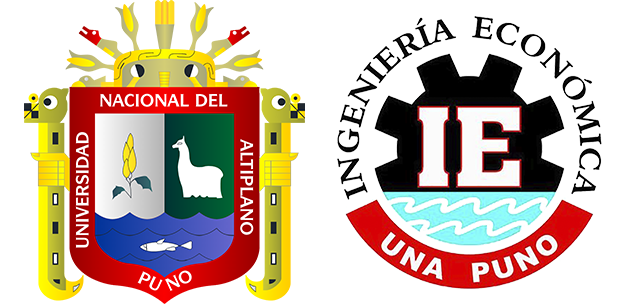Medición de la eficiencia técnica de las Escuelas Profesionales de la Universidad Nacional del Altiplano: una aplicación del DEA
DOI:
https://doi.org/10.26867/se.2020.v09i2.105Palabras clave:
análisis envolvente de datos, eficiencia técnica, input, output, rendimientos a escala, regresión truncada TobitResumen
El estudio tiene como objetivo determinar el nivel de eficiencia técnica de los recursos públicos en la UNA periodo 2014-2018, se realiza un análisis en dos etapas sobre un total de 350 observaciones, correspondientes a las escuelas profesionales. En la primera etapa, se evalúa el nivel de eficiencia técnica de cada escuela profesional, utilizando la metodología no paramétrica Análisis Envolvente de Datos (DEA-CRS input, DEA-CRS output, DEA-VRS input, DEA-VRS output) propuesto inicialmente por Charnes et al. (1978). Por otra parte, en la segunda etapa, se analizan los determinantes de la eficiencia a través de un análisis de regresión truncada Tobit. Los principales resultados muestran que el grado de ineficiencia promedio mide en 0.65; sin embargo, algunas escuelas profesionales registran eficiencia técnica durante un periodo determinado, las cuales son: odontología, enfermería, ciencias contables, educación secundaria, educación física, educación primaria, educación inicial, trabajo social, sociología, antropología, arte y ciencias físico matemática. Por lo tanto, en su mayoría, las escuelas profesionales de ingeniería y biomédicas son ineficientes. La ineficiencia está determinada por el número de aulas, laboratorios, bibliotecas, número de alumnos matriculados, ratio número de estudiantes por docente, número de docentes, número de docentes nombrados, ratio de docentes varones con respecto a docentes mujeres y el número de personal administrativo. El recurso humano docente nombrado y el número de estudiantes por docente están relacionado positivamente con la eficiencia al nivel de significación del 1%.
Métricas
Descargas
Publicado
Número
Sección
Licencia
Derechos de autor 2020 Ronald Raul Arce Coaquira

Esta obra está bajo una licencia internacional Creative Commons Atribución 4.0.















